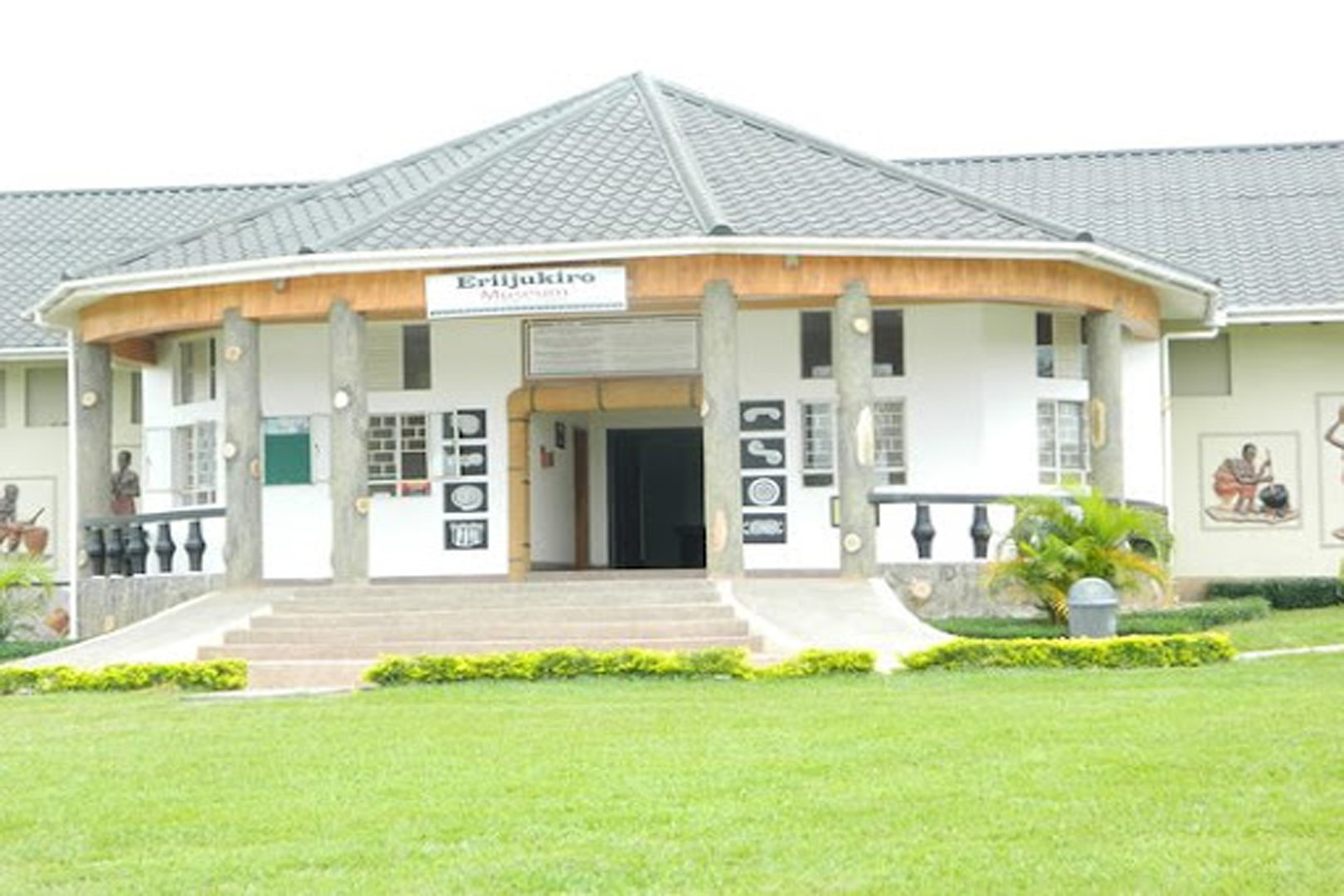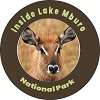Igongo Cultural Centre is located in Biharwe, which is just 15 km before Mbarara town on the Masaka – Mbarara highway. Opened at Christmas 2011 by Ugandan President Museveni, the center promotes the cultural heritage of southwest Uganda which is encompassed in the center’s motto ‘Wisdom is rooted in the past’.

Set on the grounds of a former palace of the Ankole king, this quality museum explores the peoples of southwestern Uganda, particularly the Ankole, through artifacts. It is a cultural village replica, with a heap of information.
The museum was built to commemorate a victory for the Ankole kingdom 500 years ago, following an eclipse that saw the invading king retreat in fear, and never returned. The Bunyoro king spooked as the day plunged into sudden darkness.
A lot of reading materials are available in the nearby book shop which shall equip you with a lot of information regarding the Ankole Culture, Bahima people and the rest of Uganda.
Facilities at Igongo Cultural Center
Igongo Cultural Centre is a collection of artifacts of all tribes of southwestern Uganda including the Bakiga and Banyankole among others. The center represents a rich history and heritage trail that dates back to the prehistoric era.
Within the center, visitors can find the ‘Eriijukiro museum’ – a short museum tour which takes around half an hour. The ‘Eitaramiro’ cultural village showing the evolution of typical Nyankore and Kigezi households.
You will also find a twenty-two-bed room accommodation, a restaurant – where you can try locally sourced traditional dishes of millet bread, matooke, and ghee, along with a local drink made from millet or sorghum. Don’t miss the Nkwanzi craft and bookshop and the Mbuuro gardens which feature historical sculptures of animals and people.
There’s a restaurant serving traditional Ankole dishes, such as smoked Ankole cow’s milk (eshabwe) and boiled steamed beef. There’s also a new on-site hotel facility, for your accommodation. This has made the museum and the hotel to become a great stopover for tourists who intend to travel to the western part of Uganda and for those who are returning.
Visitors can explore how their grandparents lived with a collection of historical artifacts brought to life with clay models and featured presentations. The cultural village showcases a traditional homestead complete with real milk gourds, calabashes, hides and skins, and a, fireplace together with grinding stones, millet, flour, and farming tools.
Many other attractions can be sited near the Igongo cultural center.
Biharwe Eclipse Monument Inauguration.
On Saturday 30th August 2014, His Excellency President Yoweri Kaguta Museveni presided over the official inauguration of the Biharwe Eclipse Monument at Igongo Cultural Centre and Country Hotel in Mbarara.
The Biharwe monument in Mbarara is erected on Biharwe Hill. This was in commemoration of the ‘Biharwe Eclipse’ which was dated by astronomers and historians to have taken place in the year 1520 AD.
As the only scientifically dated event in the early history of the Great Lakes region, the eclipse, which was acknowledged in legends of Bunyoro, Buganda, and Nkole, became the key benchmark that was used by historians to determine the royal genealogies of those kingdoms.
The three pillars of this monument represent the three kings who were contemporaries at the time, namely Nakibinge of Buganda, Olimi I Rwitamahanga of Bunyoro, and Ntare I Nyabugarobwera of Nkole.
Olimi I Rwitamahanga Kalimbi Rukidi was the 5th Omukama (King) of the Babiito dynasty and the most martial ruler of Bunyoro of the 16th century. He invaded Buganda, Nkole, Mpororo, and Rwanda and plundered cattle from those kingdoms. Nkole lost most of its cattle herds due to these constant raids and suffered severe famine called ‘Eijuga Nyonza’, where wild berries were used as dowry for brides.
It was on Olimi’s return journey after raiding cattle from Rwanda and Mpororo that an eclipse appeared when the raiders had reached Biharwe. The eclipse generated fear and superstition, forcing the king and his warriors to flee in disarray, leaving all cattle behind.
According to the legend, the cows that were abandoned at Biharwe were named ‘Empenda ya Munoni’ and ‘Enduga Mwiguru’ (cows that came from heaven). After that incident, the people of Nkole were able to own cattle again.
Hiking the Eclipse Monument and Other Activities
The hike to the monument has become one of the most visited sites, for those having a stopover at the Igongo Cultural Centre, in order to have a stretch from a long hour car drive. So, the visit to the eclipse monument is worth your time.
You may also journey through the breathtaking landscapes of Uganda from Kampala to Bwindi Impenetrable Forest, home to mountain gorillas, for gorilla trekking in Uganda. Uganda is home to incredible wildlife in Africa.
You can make an extension to visit Bwindi Forest on a budget gorilla safari to encounter the mountain gorillas. For those that wish to see mountain gorillas in Rwanda, visit Volcanoes National Park, which is famous for gorillas and golden monkeys.
